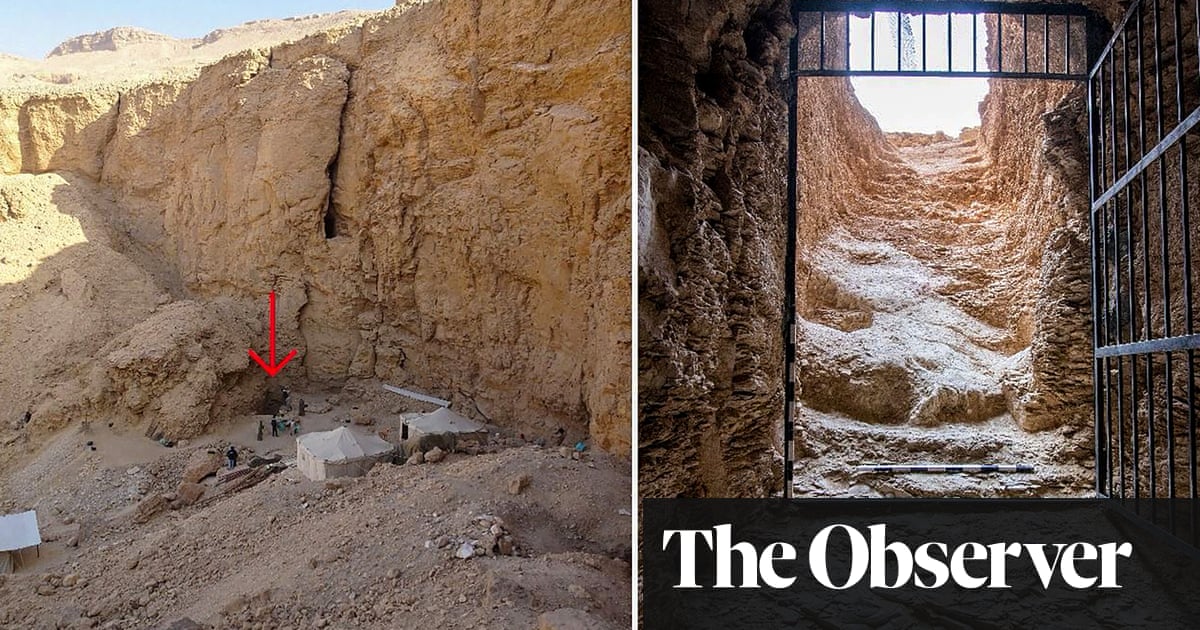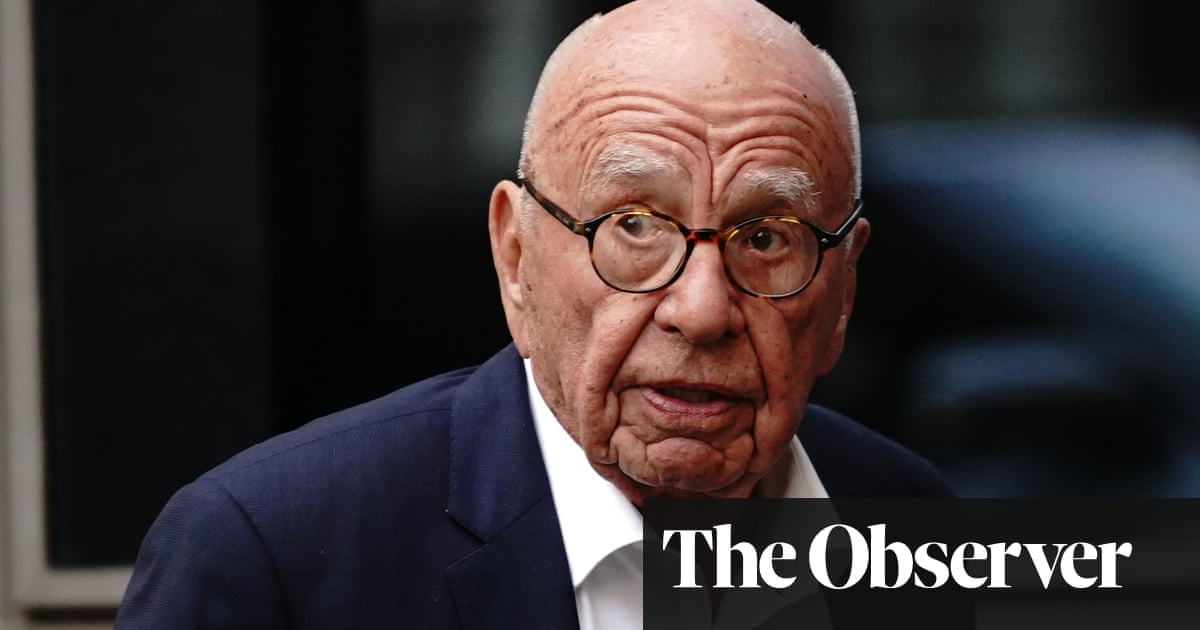The US state department said it was “incredibly” concerned about Russia’s campaign of hybrid warfare against the west, amid fears it will escalate following Ukraine’s first use of US-made long-range missiles on targets inside Russia, after the Biden administration lifted restrictions on their use.
Russia has promised an “appropriate” response to the new policy, and has engaged in nuclear sabre-rattling by changing its nuclear doctrine in recent days. However, western officials believe the thrust of the Russian response may come not on the battlefield in Ukraine but elsewhere in the world.
Potential hybrid attacks could span a wide menu of options, including expanding its campaign of sabotage and assassinations in Europe or further arming US adversaries in the Middle East and Indo-Pacific regions, according to people briefed on the discussions about a potential Russian response.
“Generally, we are incredibly concerned about hybrid warfare conducted by Russia both in Europe and around the world, and its something we have been in close coordination with our European allies and other allies and partners around the world,” said Matthew Miller, US state department spokesman, on Tuesday. He added that Russia would be “held accountable” for further such actions.
Russia may choose to delay a further escalation ahead of the inauguration of Donald Trump, who has threatened to cut aid to Ukraine and broker a peace deal that is strongly expected to favour Russia.
The first Ukrainian attack with Atacms struck an ammunition warehouse in Bryansk region, the New York Times reported, citing US and Ukrainian officials. The region lies north-west of the Kursk region where a Ukrainian incursion has been under way since early August.
Ukrainian president Volodomyr Zelenskyy did not directly confirm the Bryansk attack but said: “We now have Atacms, Ukrainian long-range capabilities, and we will use them.”
Russia’s defence ministry claimed five of the missiles were shot down and another was damaged. The ministry added that debris from the rockets caused a fire at an unnamed military facility. A US official told the Associated Press that just two of the missiles were intercepted.
Russian foreign minister Sergei Lavrov has promised to give an “appropriate” response to the first use of the US-made missiles, which Vladimir Putin has previously said would be tantamount to Washington and its Nato allies entering direct conflict with Russia.
The reports emerged hours after Vladimir Putin signed a revised nuclear doctrine lowering the threshold for using nuclear weapons. A spokesperson for the US national security council played down that decision, saying the revision had been planned for weeks and that “observing no changes to Russia’s nuclear posture, we have not seen any reason to adjust our own nuclear posture or doctrine in response to Russia’s statements today”.
Keir Starmer, the UK prime minister, said he would not be deterred by the new doctrine from supporting Ukraine. “There’s irresponsible rhetoric coming from Russia, and that is not going to deter our support for Ukraine,” he told reporters at the G20 summit in Brazil.
Behind the scenes, US and European officials have also discussed the potential for Russia to step up a growing campaign of attacks on US and European infrastructure that has escalated significantly since Russia’s 2022 invasion of Ukraine.
Earlier this month, Nato secretary general Mark Rutte said that Russia was conducting an “intensifying campaign of hybrid attacks” that showed that the “front line in this war is no longer solely in Ukraine. Increasingly, the front line is moving beyond borders to the Baltic region, to western Europe, and even to the high north.”
Intelligence agencies are currently investigating recent damage to two undersea fibre-optic communication cables in the Baltic Sea, severed in rapid succession earlier this week.
Germany’s defence minister, Boris Pistorius, said on Tuesday that the damage was presumed to be the result of sabotage. “No one believes that the cables were accidentally damaged. I also don’t want to believe that the ships’ anchors caused the damage by accident,” he said.
If that conclusion is confirmed, it would have to have been prepared some time before the US gave authorisation for Atacms missiles to be used inside Russian borders.
Europe could see an increase in state-sponsored attacks including attempts at sabotage and arsons, assassinations, attacks on military bases, transport and telecoms infrastructure, a person briefed on the discussion said.
One former senior European defence official described the EU as “totally unprepared” to confront Moscow’s escalating hybrid warfare.
The former official, who recently left their position, said that Europe lacks the necessary resources to counter Russian sabotage attacks which they believe will intensify following Biden’s decision to provide Ukraine with long-range missiles capable of striking Russian territory.
A senior European security official described the recent wave of attacks as “closer to terrorism, with the aim of intimidating the population and influence decision making, and affect support for Ukraine”.
Earlier this year, US and German intelligence reportedly foiled a Russian plot to assassinate a number of defense industry executives across Europe, including a plan to kill Rheinmetall CEO Armin Papperger.
Russia could also increase support to Iran and its proxy allies in the region including the Houthis in Yemen or Hezbollah in Lebanon.
The US, which provides both the weaponry and targeting intelligence to Ukraine, has indicated that the decision to allow Atacms strikes was focused on responding to the introduction of more than 10,000 North Korean soldiers into the fight and would be targeting their capabilities.
In October, the US envoy to the UN, Robert Wood, bluntly warned that Pyongyang’s forces entering Ukraine “will surely return in body bags”.
Neither the US nor Ukraine have confirmed the use of the missiles, but in a statement, Ukraine’s general staff confirmed on Tuesday that it hit a military arsenal of the 1046th logistics centre outside the city of Karachev.
“The destruction of ammunition depots will continue for the army of the Russian occupiers in order to stop the armed aggression of the Russian Federation against Ukraine,” it said.
Russian independent media reported that residents of Karachev heard explosions overnight. Several videos circulating online, purportedly from the Karachev district, featured the sound of detonations and visible flashes.
“This is of course a sign that they want to escalate,” Lavrov told reporters in remarks at the G20 summit, adding it would be seen as Russia by a “new phase of war by the west”.
Britain is also expected to supply its own Storm Shadow missiles for use by Ukraine on targets inside Russia, after the US approval.
While Moscow has vowed retaliation, some analysts have suggested that its battlefield options are limited, with the country unlikely to resort to the nuclear option.
“The most predictable and obvious will be an increase in strikes on Ukrainian cities and civilian infrastructure facilities in anticipation of the winter cold,” said political analyst Anton Barbashin.
He added that the use of western-supplied long-range weapons is unlikely to serve as a definitive red line for Moscow.
“Strikes with long-range Atacms missiles on the territory of Russia … are more likely to fall into the list of red lines that will be crossed and will cease to be red lines,” Barbashin said.

 3 months ago
50
3 months ago
50













































